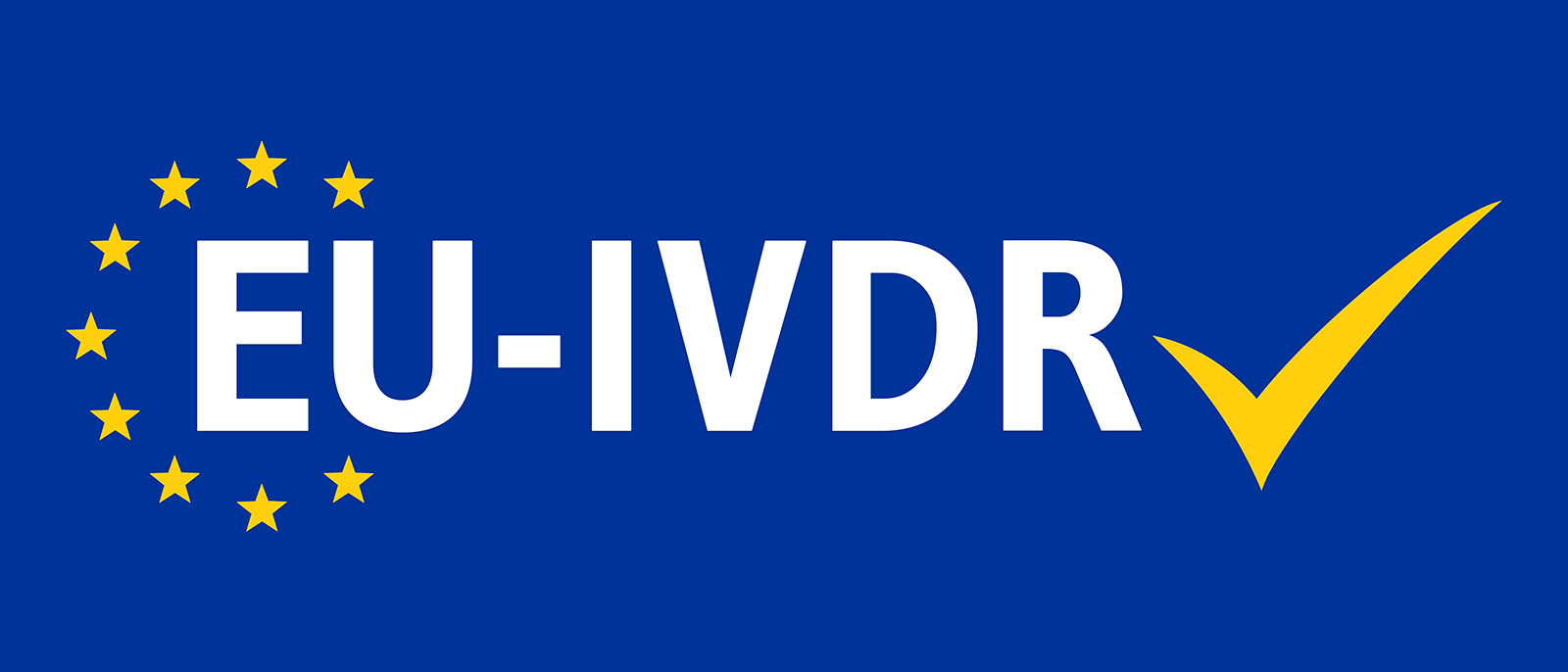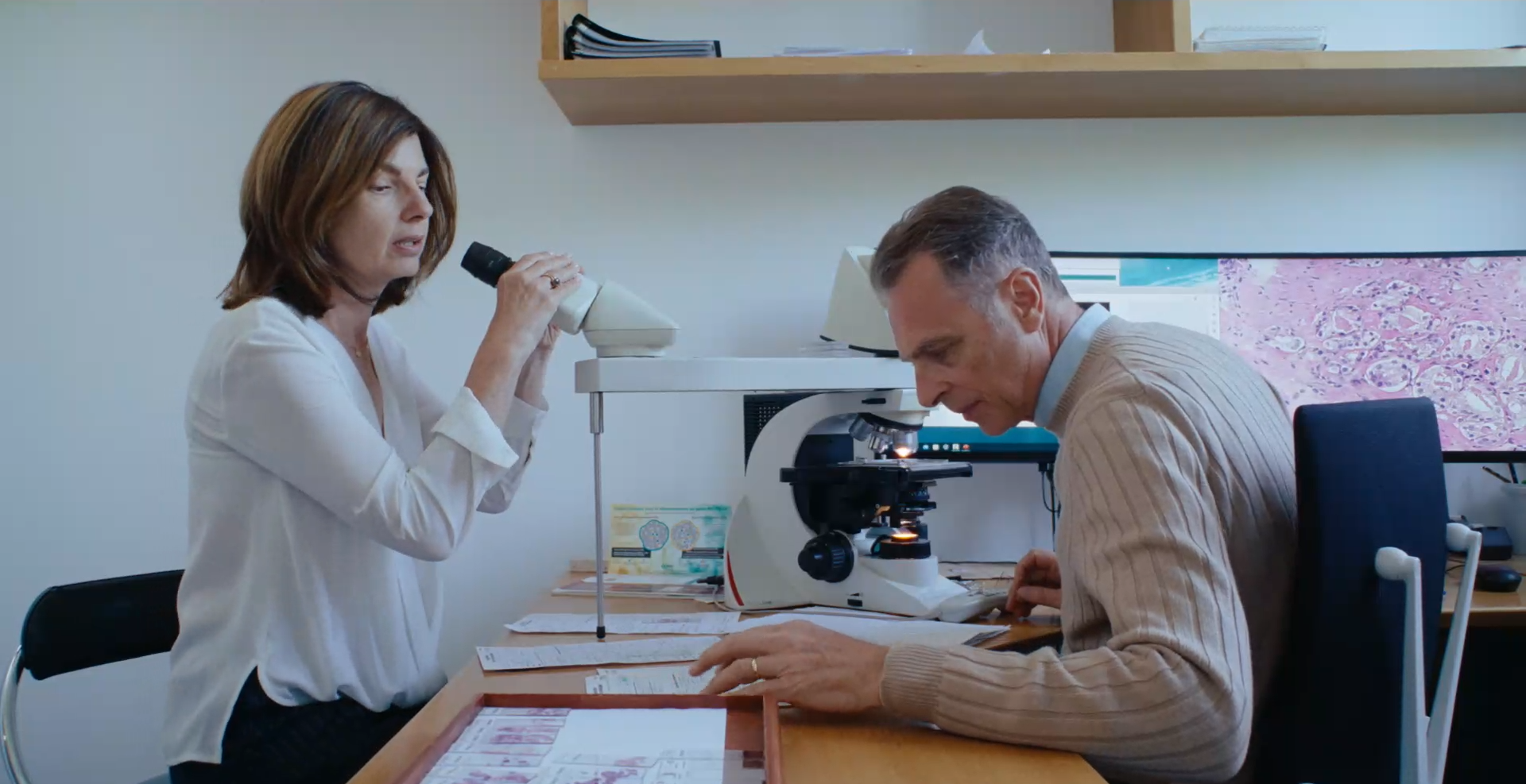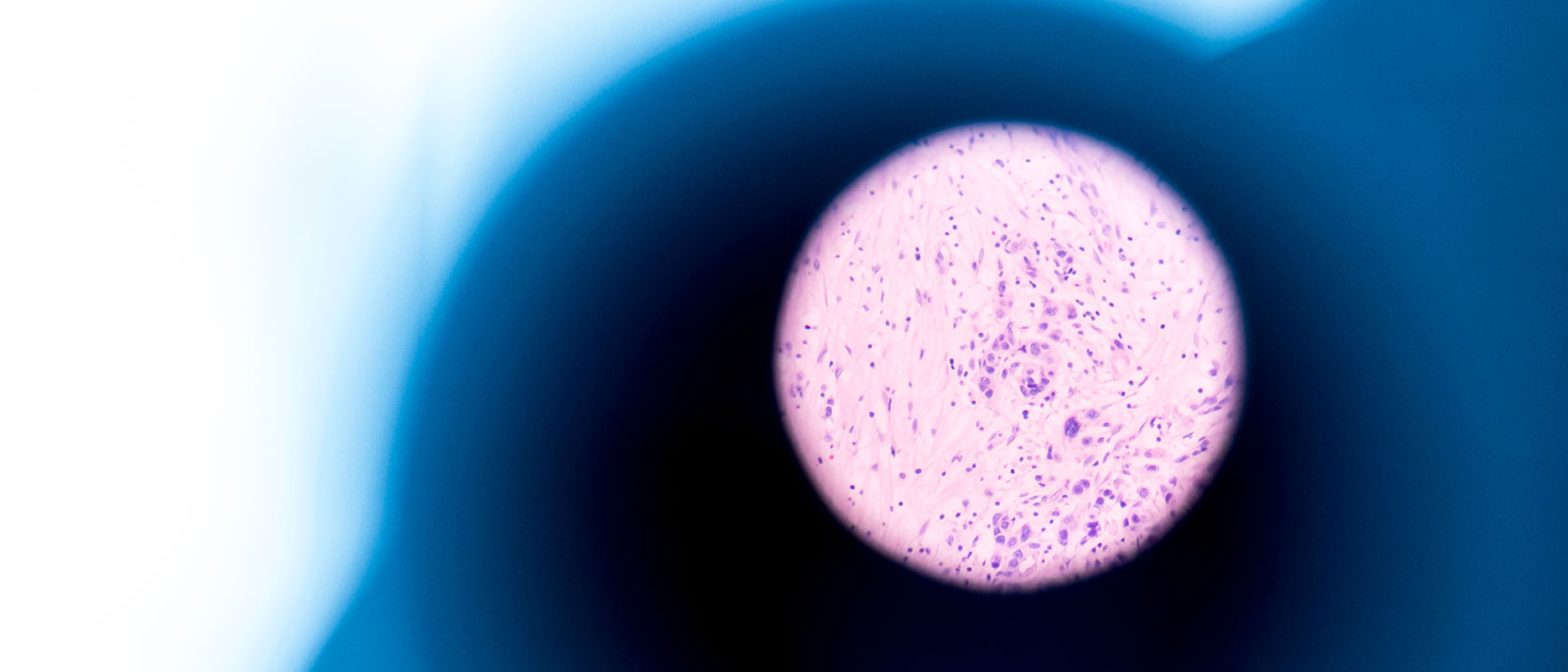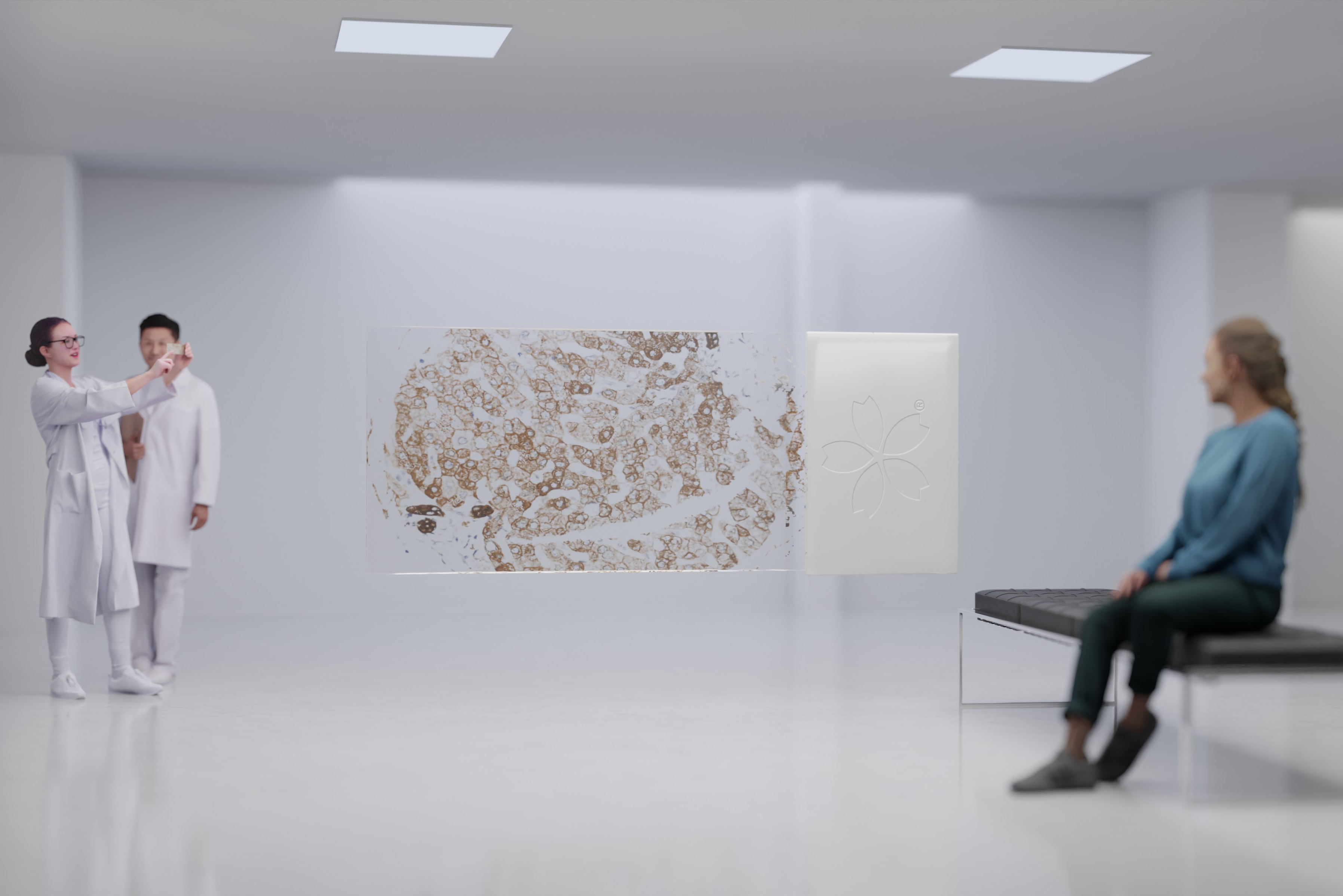As of May 2022, the new European Union regulation on in vitro diagnostic medical devices (IVDR) came into force, replacing the previous In Vitro Diagnostic Directive (IVDD). IVDR governs medical devices used to identify disease by testing samples such as blood, tissue or urine - conducted outside of the body. The new regulation is intended to enhance the safety, performance and oversight of these diagnostic tools for both patients and healthcare professionals.
Main differences between IVDD and IVDR
IVDR is substantially more detailed than the IVDD - approximately four times longer - and introduces stricter requirements across several areas:
Notified body involvement: Under IVDR, only manufacturers of non-sterile Class A devices may self-certify. As a result, 80–90% of IVDs now require CE certification by a Notified Body.
Post-market surveillance: Requirements are significantly more rigorous, mandating ongoing monitoring and reporting of device performance.
Software provisions: IVDR includes specific clauses addressing software used in diagnostics, including standalone software, software integrated in IVD devices and mobile apps.
What does it mean for pathology professionals?
One major shift under IVDR is its treatment of lab-developed tests (LDTs). While LDTs and research use only (RUO) products were previously outside the scope of IVDD, IVDR brings many LDTs under its regulatory framework.
| IVDD | IVDR | |
|---|---|---|
Research Use Only (RUO) | Outside of scope | Outside of scope, unless |
Lab-Developed Tests (LDTs) | Outside of scope | In-scope |
RUO products remain outside the IVDR scope when used strictly for research, not for diagnosing individual patients. However, if RUO-labelled tests are adapted or used for clinical diagnostics, they may be classified as LDTs and thus fall under IVDR.
LDTs under IVDR
Tests considered as LDTs under IVDR include:
In-house developed and produced diagnostic tests
RUO-labelled tests used in a clinical diagnostic setting
CE-marked tests modified in terms of their intended use or protocols
IVDR Article 5(5) outlines requirements for LDTs to remain exempt from full regulation as commercial IVDs. These include:
Non-transferability: The LDT must not be distributed to other legal entities.
Quality management: Manufacturing and use must occur within a quality-controlled environment.
Accreditation: Laboratories must comply with EN ISO 15189 or relevant national accreditation provisions.
Clinical justification: There must be documented evidence that no equivalent device exists on the market to meet specific patient needs.
Transparency: The laboratory must provide documentation to competent authorities upon request and make a declaration publicly available.
If any of these conditions are not met and the LDT is used on human samples for diagnostic purposes, the full scope of IVDR requirements will apply.
Standardisation and compliance in advanced staining
In the context of pathology, especially in immunohistochemistry (IHC), standardisation is a critical enabler of compliance with IVDR. By adopting consistent protocols, validated biomarkers and accredited quality systems, laboratories can reduce variability and improve traceability—key expectations of the regulation.
Participation in external quality assessment programmes, such as those offered by independent organisations (e.g., NordiQC), further supports compliance efforts. These programmes help ensure biomarkers are optimally selected and staining results are reproducible, which aligns with IVDR’s focus on clinical performance and patient safety.
For further information please visit:
EMWEB0021EN






